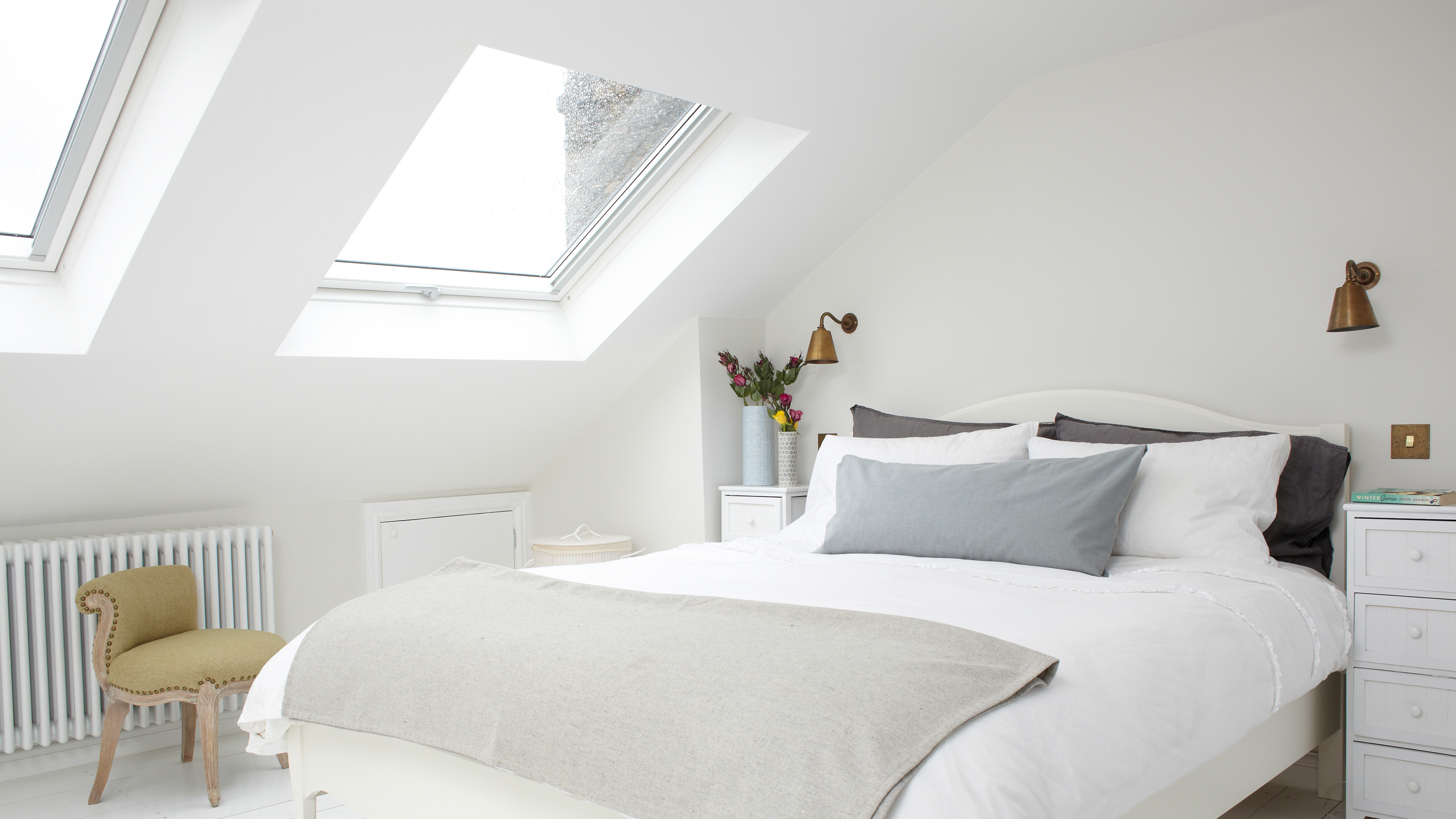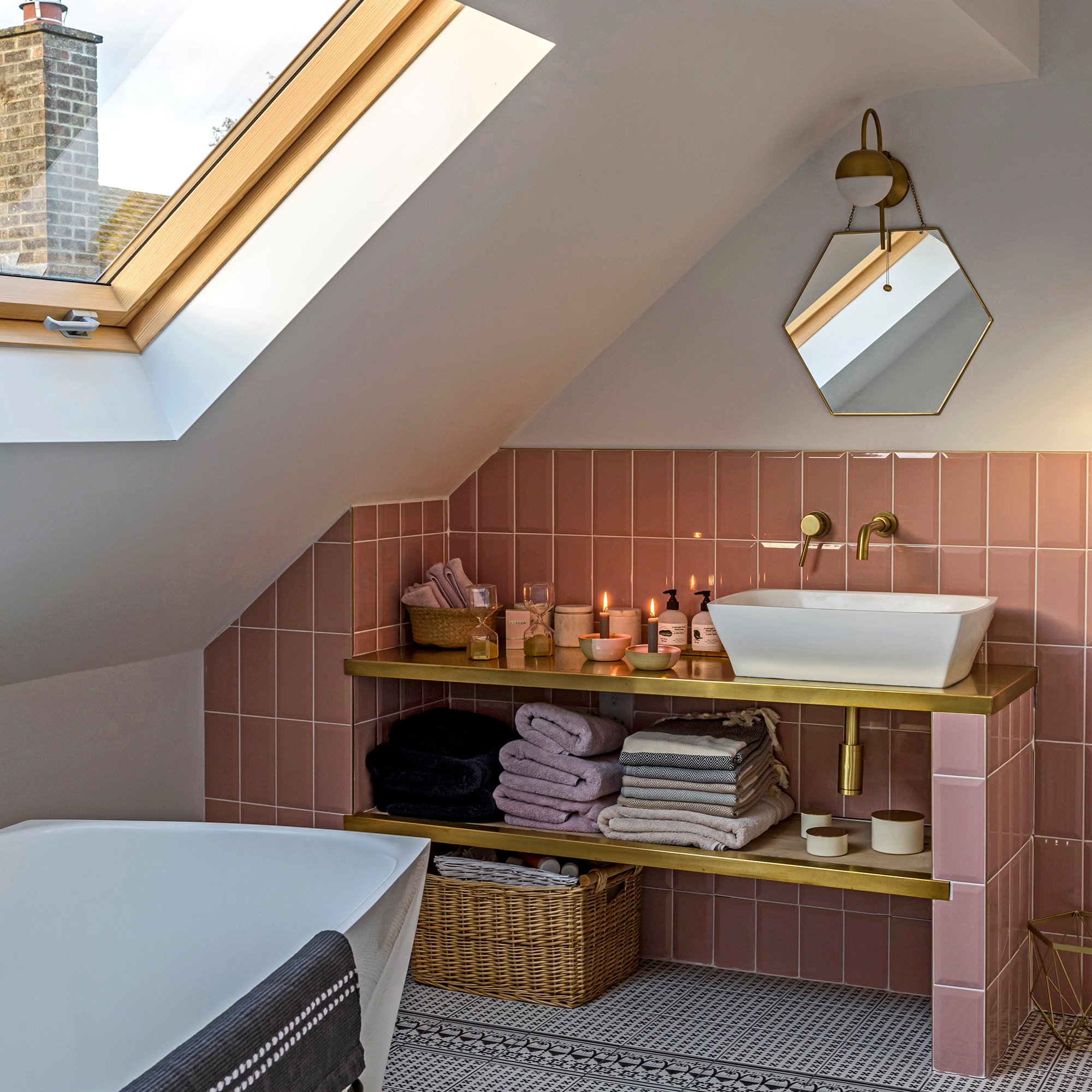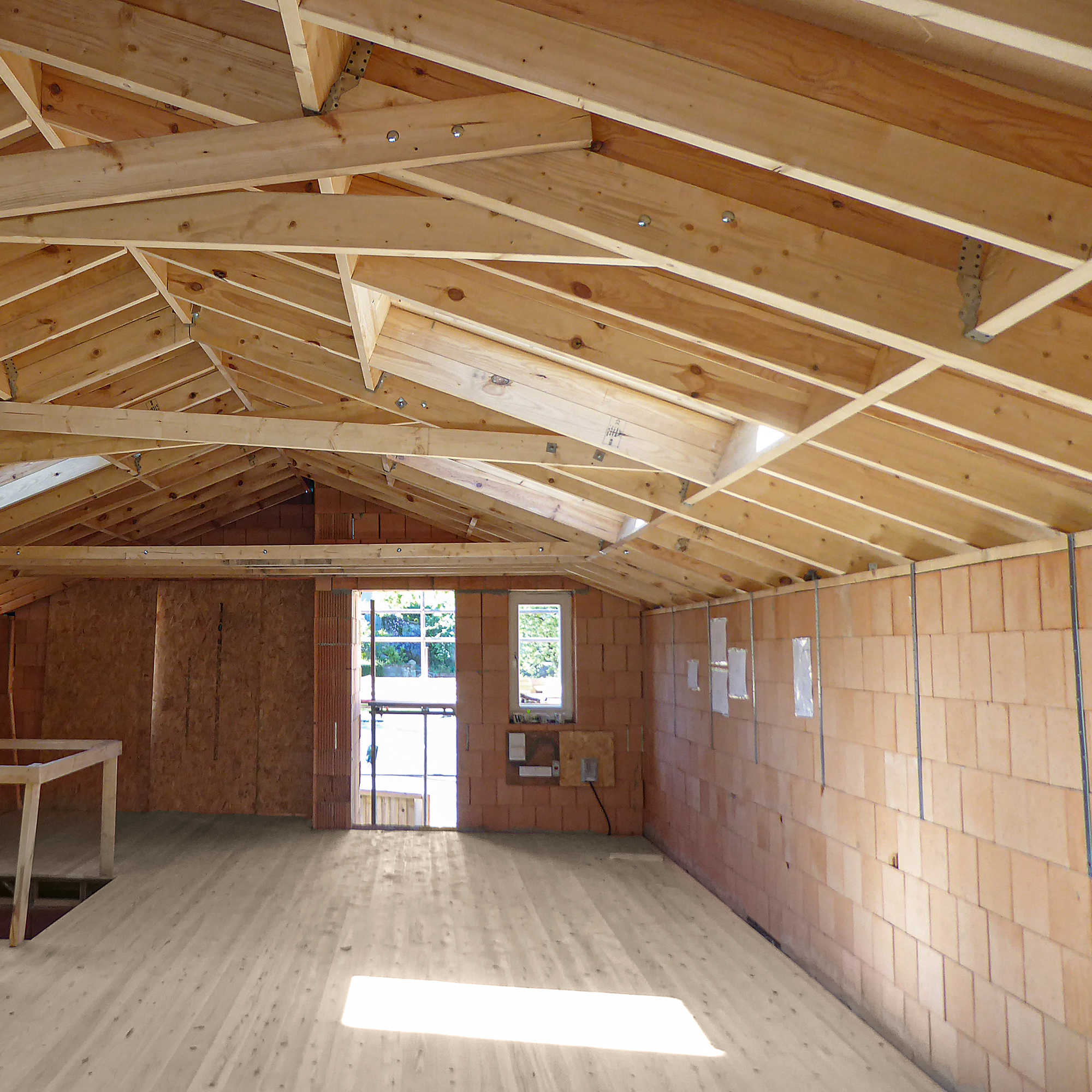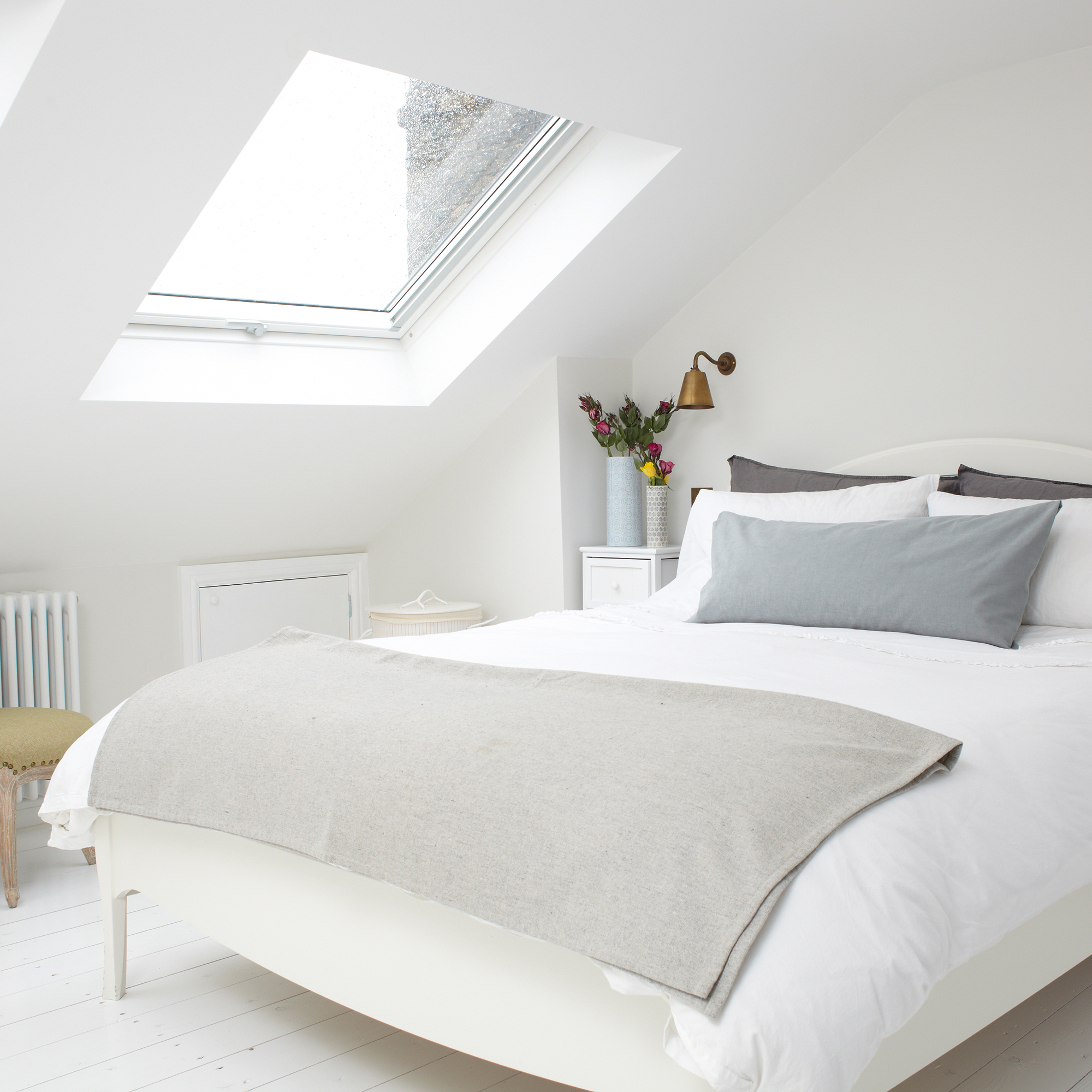How to stop condensation in your loft - once and for all
Get rid damp and prevent it from returning

Have you spotted nasty damp in your attic space? Don’t lose sleep over the soggy situation, as we're here to explain how to stop loft insulation once and for all.
Why does condensation form in the attic? Lofts often have little ventilation or heat regulation and so when finding ways to keep your house warm air can become trapped. When the temperature outside our home is cold, and it’s warm downstairs, the clash of conditions leads to water build up on the inside as the trapped air turns to vapour.
'Condensation can be a common issue in lofts due to the temperature difference between the warm air inside your home and the colder air in the loft,' confirms Myles Robinson from CompareBoilerQuotes.co.uk. 'When warm air comes into contact with colder surfaces, such as the roof or walls in your loft, it can cause moisture to condense and form droplets.'
Unless steps are put into place to get rid of loft condensation and prevent it from returning, the nasty dampness can soon lead to expensive structural damage and health-hazardous black mould appearing. Poor roof quality, lack of loft insulation and no air ventilation are the main causes of condensation in the loft. So, fixing these problems will soon prevent loft condensation in the first place.
How to stop loft condensation

Before you can get going with how to stop loft condensation, you'll probably have to get rid of any existing moisture. To dry out existing condensation, first try to regulate the temperature downstairs. Wipe down attic windows, if any, with a window vac that sucks up moisture or paper towels and a clean microfiber cloth. Also open windows for periods of time during the day to flush out dense, damp air.
The best dehumidifiers are an effective method when removing existing condensation from a loft, or, moisture absorbers, like the UniBond AERO 360, are a budget-friendly alternative.
'The salts attract moisture from the surroundings, becoming deliquescent and ‘trapping’ the moisture in the dehumidifier,' says Dr Jonathan Kirby, from Dryzone. 'They are ideal for small areas and great at collecting warm moist air to lower condensation.'
Sign up to our newsletter for style inspiration, real homes, project and garden advice and shopping know-how
1. Fix the roof

As your roof takes the brunt of weather conditions, it is more likely to be affected by temperatures. To prevent condensation from forming in your loft the roof is the first port of call.
'Check for any signs of leaks or water ingress from the roof or pipes,' advises Myles. 'Water intrusion can worsen condensation issues and also cause other damage. If you notice any leaks, I suggest fixing them promptly to prevent further problems down the line.'
2. Install insulation

Good quality insulation in the loft will keep the space protected. Knowing how to insulate a loft is vital if you want to create a condensation-free zone.
'Proper insulation can help maintain a more consistent temperature in your loft, minimising the risk of condensation,' explains Myles. 'I recommend using insulation materials with a vapour barrier to prevent moisture from reaching the colder surfaces.'
3. Seal any gaps

Don’t forget the loft hatch as this can allow of lot of air to escape through.
'Check that your loft insulation hasn’t been pushed into the eaves blocking airflow from there and that your loft hatch is correctly sealed to prevent heat loss from the house,' says Rob Stone, founder of Instaloft.
'A great hack for [hatch installation] is to use self-adhesive foam tape - which you can pick up from hardware stores or from Amazon,' adds Tony Adams from Village Heating.
4. Increase air ventilation

Another important step to prevent loft condensation is to ensure that there is a good amount of air circulation in the attic and throughout the rest of your property.
Rob suggests the simplest way to stop condensation in a loft is to install some lap vents. 'These simple vents will add additional circulation of air around the loft and as they are so easy to install you don’t really need a tradesperson to fit them for you. They just slide in between the gaps in your roofing felt meaning no cutting, no screwing and no tools needed.'
Installing windows is an obvious way of increasing ventilation in the loft, so now is the perfect excuse to plan that dream loft conversion.
'This will help to reduce the impacts of condensation. It will additionally bring more natural light into the space and offer the chance to create a multifunctional room,' explains Simon Tcherniak from Neville Johnson.
5. Declutter the loft
An organised space will also aid airflow so avoid using your loft as a crowded dumping ground and add the loft to you list of rooms to declutter. Store items in stackable clear boxes that are clearly labelled so you can see what is in each of them.
FAQ
Will loft condensation go away?
Loft condensation is usually at its worst during colder months when indoor and outdoor temperatures clash. When moderate temperatures return condensation in the should loft settle down.
However, by installing the correct insulation and ventilation measures, condensation in the loft can be controlled during harsher seasons to.
Should I worry about condensation in loft?
'If not addressed, condensation can cause problems such as mould, wet rot, and dry rot,' says Thomas Goodman at Myjobquote.co.uk.
'Taking preventative steps to reduce warm moist air in the home will help alleviate the issue of condensation in the loft. Install extractor fans in bathrooms and kitchens and keep windows open when cooking or bathing if possible.'
Rachel Homer has been in the interiors publishing industry for over 15 years. Starting as a Style Assistant on Inspirations Magazine, she has since worked for some of the UK’s leading interiors magazines and websites. After starting a family, she moved from being a content editor at Idealhome.co.uk to be a digital freelancer and hasn’t looked back.